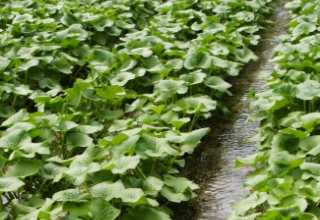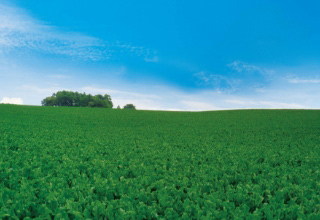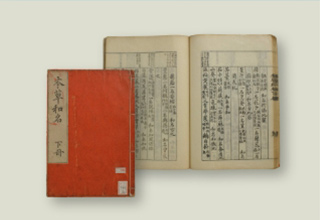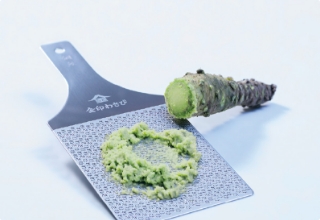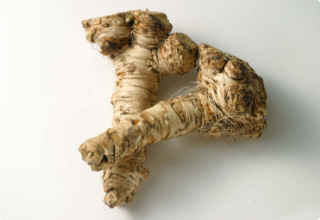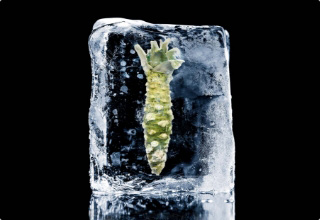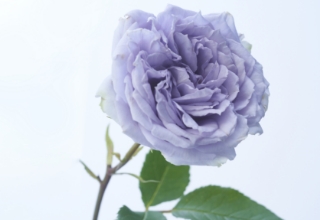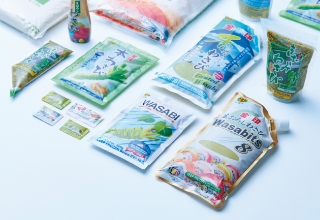- Top Page
- What is Wasabi?
What is Wasabi?
Wasabi has long been a staple of Japanese cuisine.
A plant native to Japan, it is known for its sharp, nose-tingling heat and refreshing aroma.

-
What is Wasabi?
Wasabia japonica
Wasabi is a perennial plant from the Brassicaceae family, native to Japan. There are two cultivation methods: Sawa-wasabi (water grown), grown in clear mountain streams with fresh spring water, and Hata-wasabi (field grown), which is grown in moist, cool farmlands. Sawa-wasabi required an optimal temperature of 12 to 13 °C and should not exceed 16 °C even in the height of summer. It also needs a steady supply of pristine water, making it a rare and difficult crop to cultivate, even in Japan. -
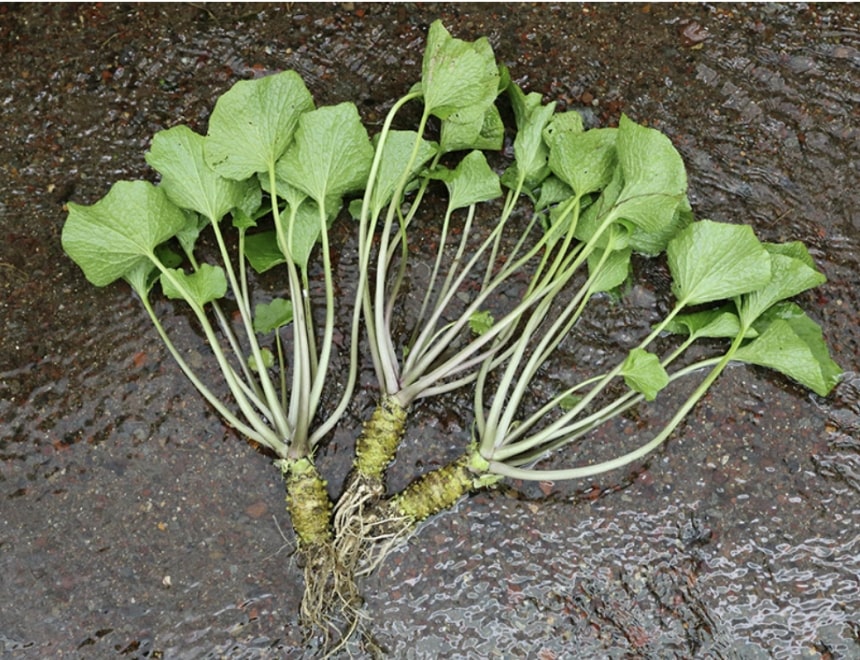
Wasabi Cultivation
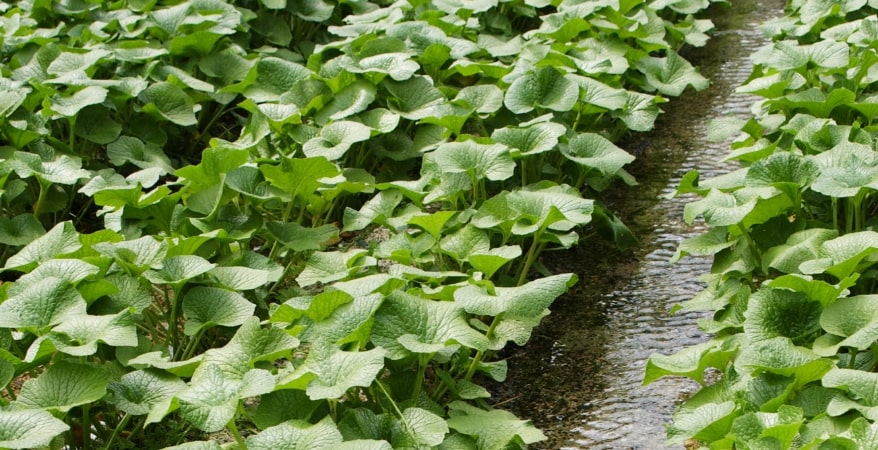

Wasabi Flowers
- In early spring, wasabi blooms with delicate white cross-shaped flowers. Some wasabi flower stalks, picked by hand just before blooming, are preserved in soy sauce and sold as a specialty product.
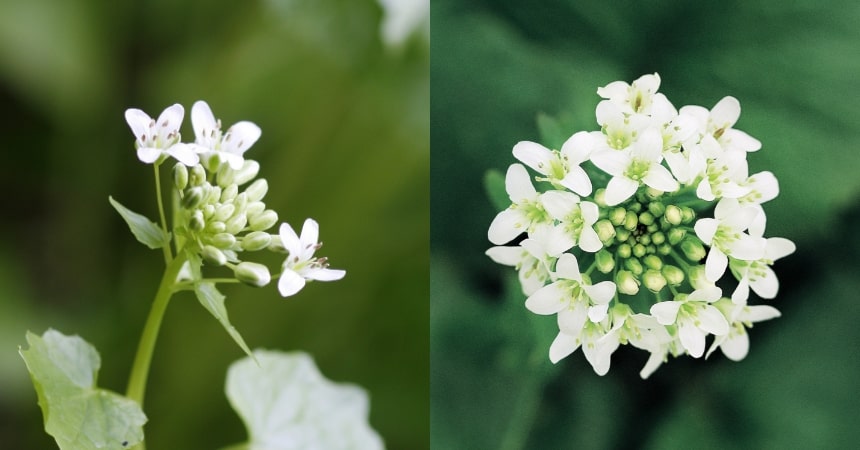

The Art of Wasabi
Enjoying Wasabi at Its Best
Selecting Delicious Wasabi
-
 Vivid green
Vivid green
Choose a root that is fresh and vibrant green.
-
 Strong Aroma & Heat
Strong Aroma & Heat
Good wasabi should not only be spicy but also have a lingering sweetness and a strong fragrance.
-
 Dense and Heavy
Dense and Heavy
Even if it is not large, a heavy, dense wasabi root is a sign of quality.
-
 Tightly Packed Fibers
Tightly Packed Fibers
The slower the growth, the denser and more flavorful the flesh—look for tightly packed fiber structure.
-
 Ideal Shape
Ideal Shape
A high-quality wasabi root should be moderately thick and cylindrical, with even width from the base to the top.
-

How to Grate Wasabi
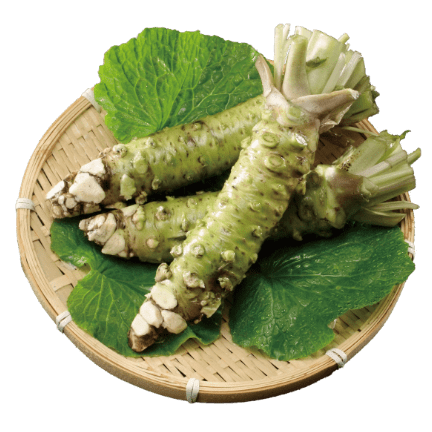


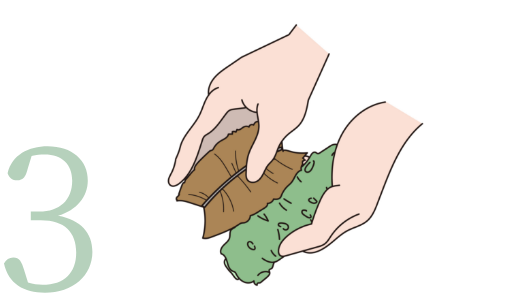

The key to grating wasabi is breaking down its cells as finely as possible to release its full aroma and spiciness. To maximize aroma, grate slowly in circular strokes. There's an old saying: "Grate wasabi with a smile." Apply gentle pressure and use a fine-toothed grater like a sharkskin grater.
To bring out the full spiciness of freshly grated wasabi, place it in a small container and cover it with a lid or turn the container upside down. The aroma and spiciness peak within three to five minutes after grating, with the best flavor lasting for about 30 minutes.
- Column
-
How to Store Wasabi for Maximum Freshness
Wipe off any moisture, wrap in a dry paper towel, and seal in a vegetable storage bag or plastic bag. Store in the refrigerator or chilled compartment and use within a month.
Haganezame (Sharkskin Grater)
The way wasabi is grated can enhance or diminish its flavor. True wasabi enthusiasts know that the grating technique and tool make all the difference.
-
Haganezame is a specialized wasabi grater designed to fully unlock wasabi's spiciness and fragrance.
Finely grated wasabi, aerated as it is processed, is known as "light snow" for its delicate texture that melts in the mouth, releasing its full flavor.
Enjoy the authentic taste of wasabi, just like in top-tier restaurants, in your own home.
Available in "Regular" and "Pro" sizes, the Haganezame grater can be purchased through the Kinjirushi Online Shop. -
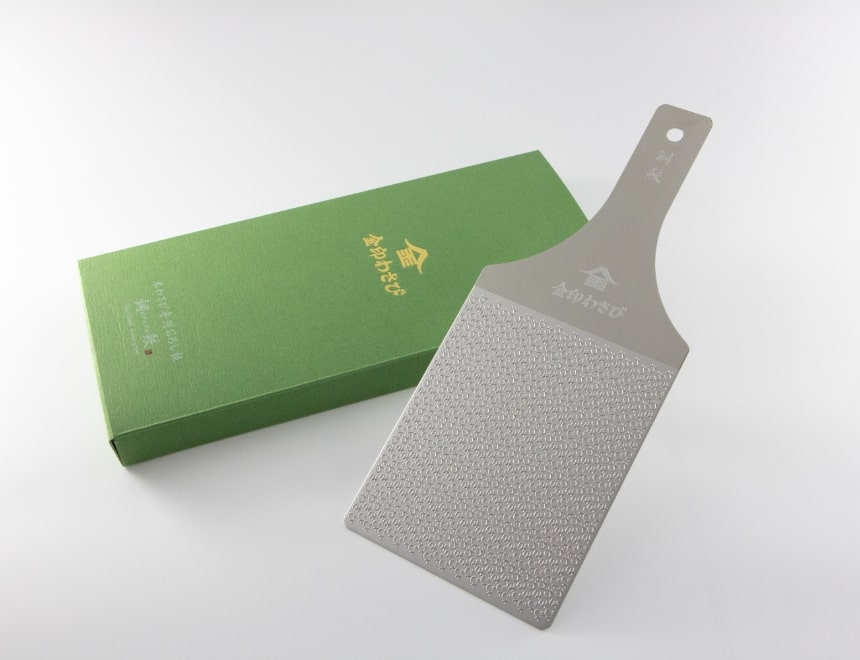
Enjoy Wasabi's natural Aroma with These Dishes
-
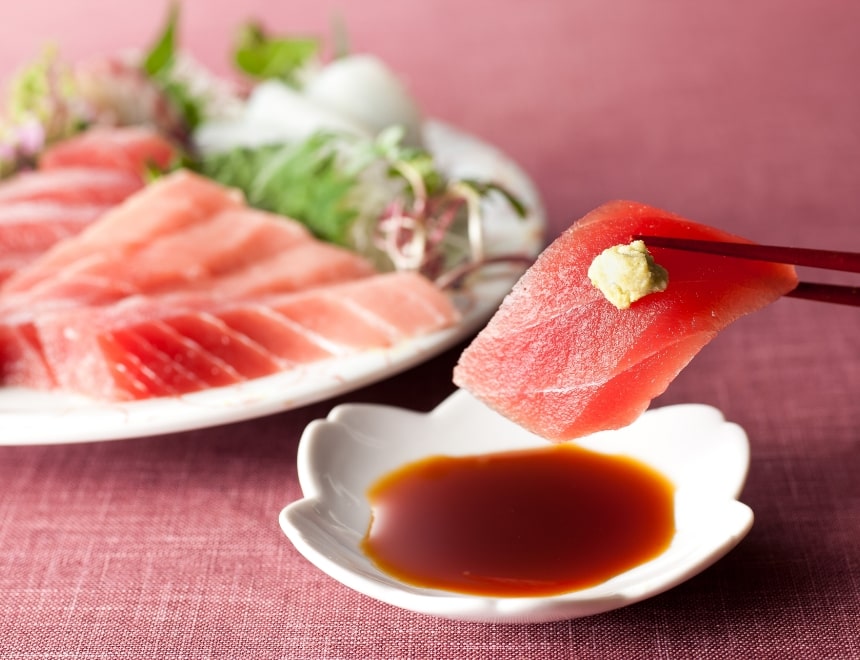
-
Sashimi
Place wasabi on top of the sashimi. Mixing wasabi into soy sauce diminishes its unique aroma and flavor. Placing wasabi directly on sashimi enhances both the fish's taste and the umami of the soy sauce.
Adjust the amount of wasabi used based on the type of fish. Use less wasabi for light fish, more for red fish, and a generous amount for fatty cuts like toro (fatty tuna).
-
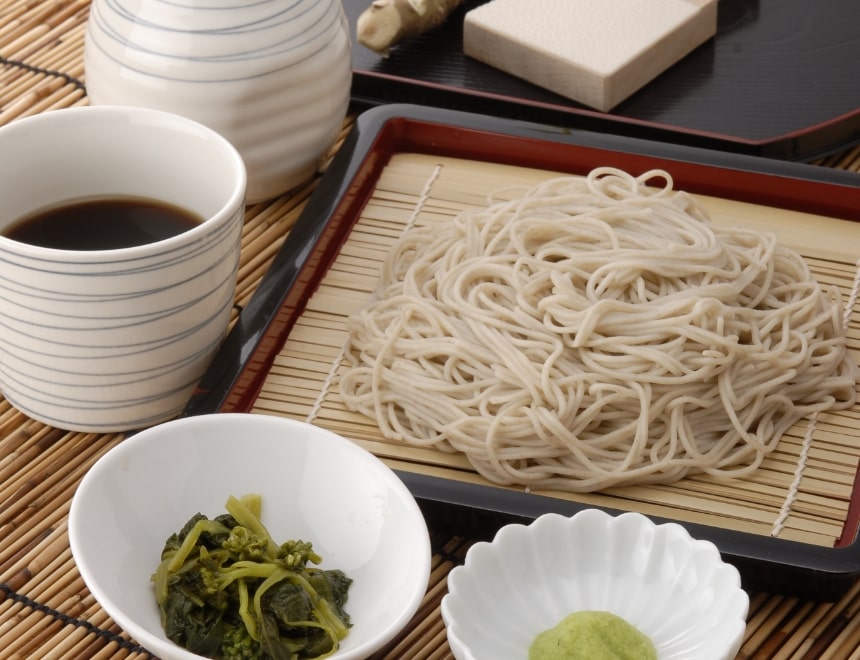
-
Soba
Bring out the best in soba, dipping sauce, and wasabi by enjoying them separately. Adding wasabi directly to the dipping sauce dulls its flavor. Instead, place the wasabi on top of the soba and avoid fully submerging the noodles in the sauce to preserve their distinct flavors.
Enjoying Wasabi Between Bites of Soba: If you prefer not to put wasabi on your soba noodles, you can enjoy it separately as a palate cleanser between bites.


